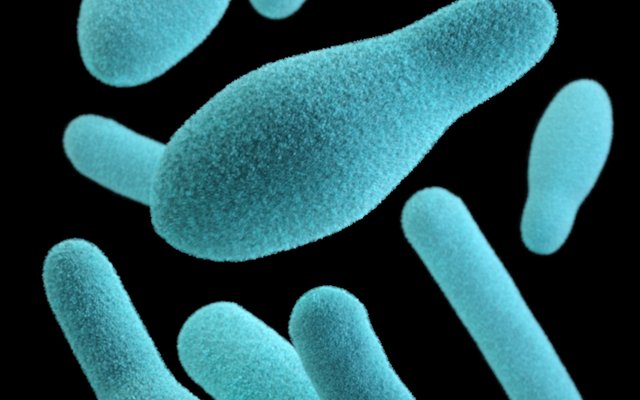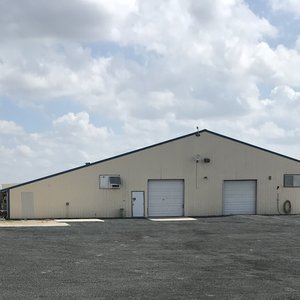Water quality is one of the most important factors in intensive aquaculture hatcheries. Various disinfectants have been used to sterilize fish eggs, breeding water and facilities. Some of these disinfectants exert a considerable negative effect on the environment when used in large amounts and, thus, are a public health concern.
A group of South Korean researchers tested eco-friendly plasma-activated water (PAW) to disinfect Artemia cysts. PAW is an emerging non-thermal disinfection and surface modification technology that is chemical-free and eco-friendly. Plasma treatment of water creates an acidic environment which results in changes in the redox potential, conductivity and in the formation of reactive oxygen and nitrogen species. As a result, PAW has a different chemical composition than water and can serve as an alternative method for microbial disinfection.
Researchers infected Artemia cysts during hatching using different bacteria species (Vibrio alginolyticus, Vibrio harveyi, Vibrio parahaemolyticus and Edwardsiella tarda).
The PAW disinfection rapidly reduced the bacteria load in cysts for up to three hours after treatment. The efficacy was higher in Artemia cysts inoculated with V. harveyi.
The hatching rate of Artemia cysts infected with V. harveyi was reduced but recovered after PAW treatment. The hatching rate of the cysts that were not disinfected was reduced by 17.6%, but the cysts treated with PAW showed a significant increase in the hatching rate.
Researchers suggest that plasma-activated water can be used as an alternative disinfectant in aquaculture, especially to sterilize fish eggs.
Check out the article here.













